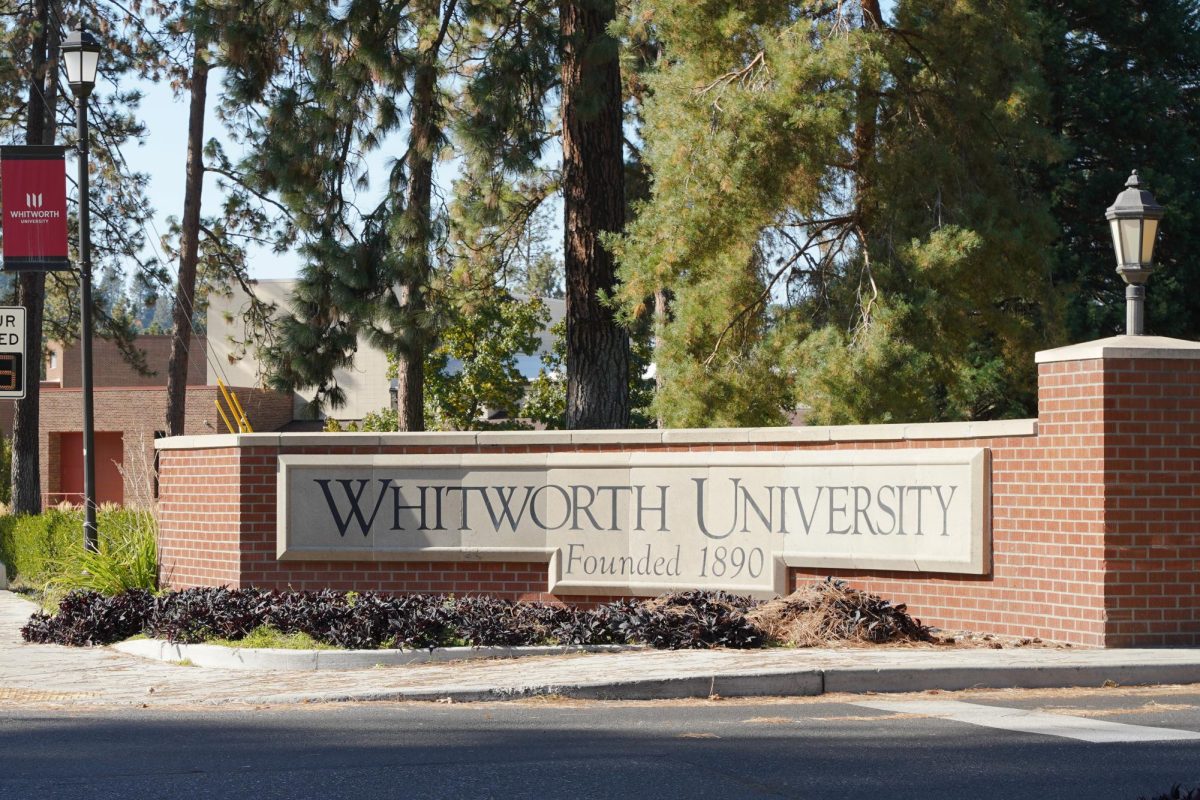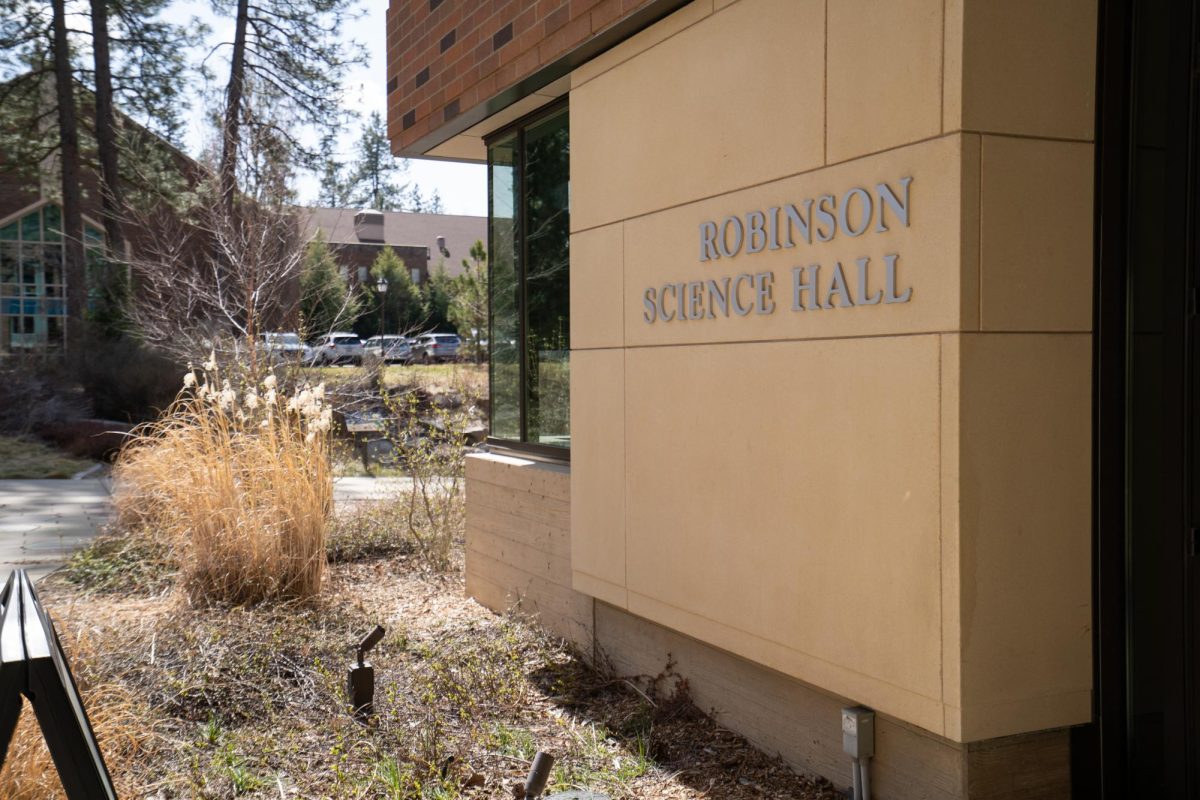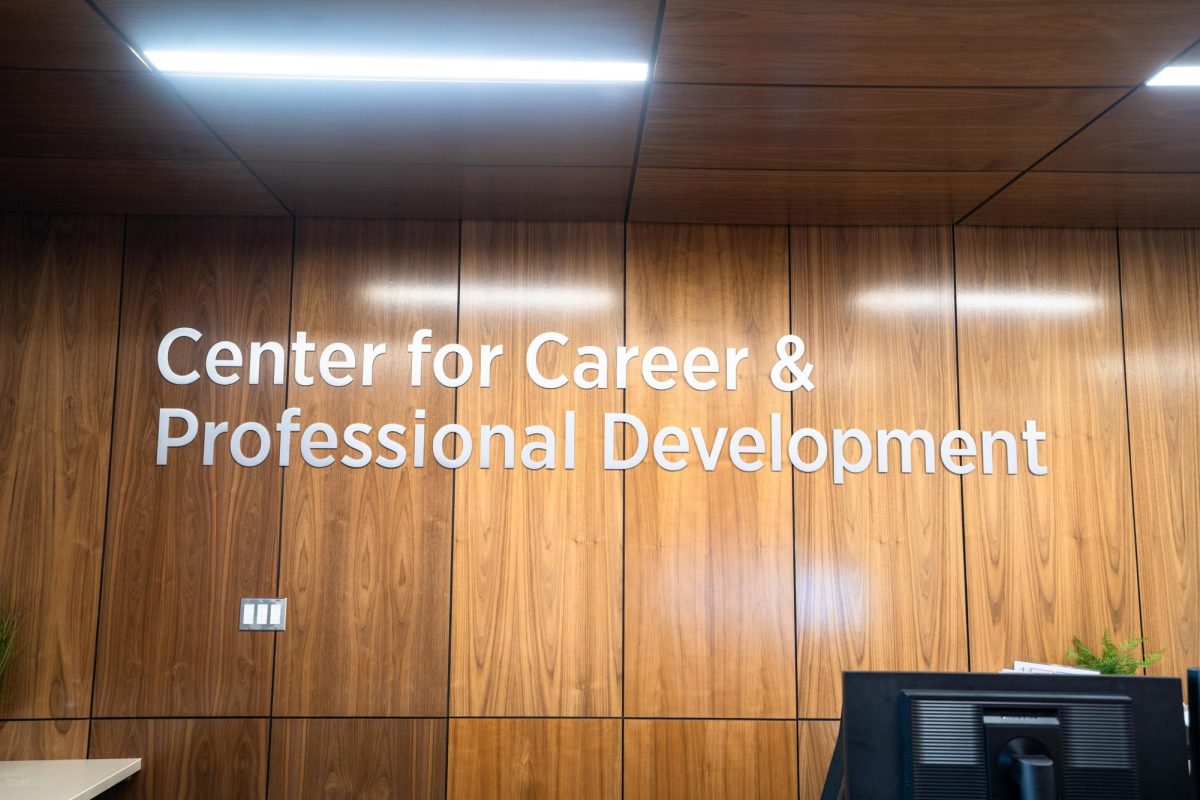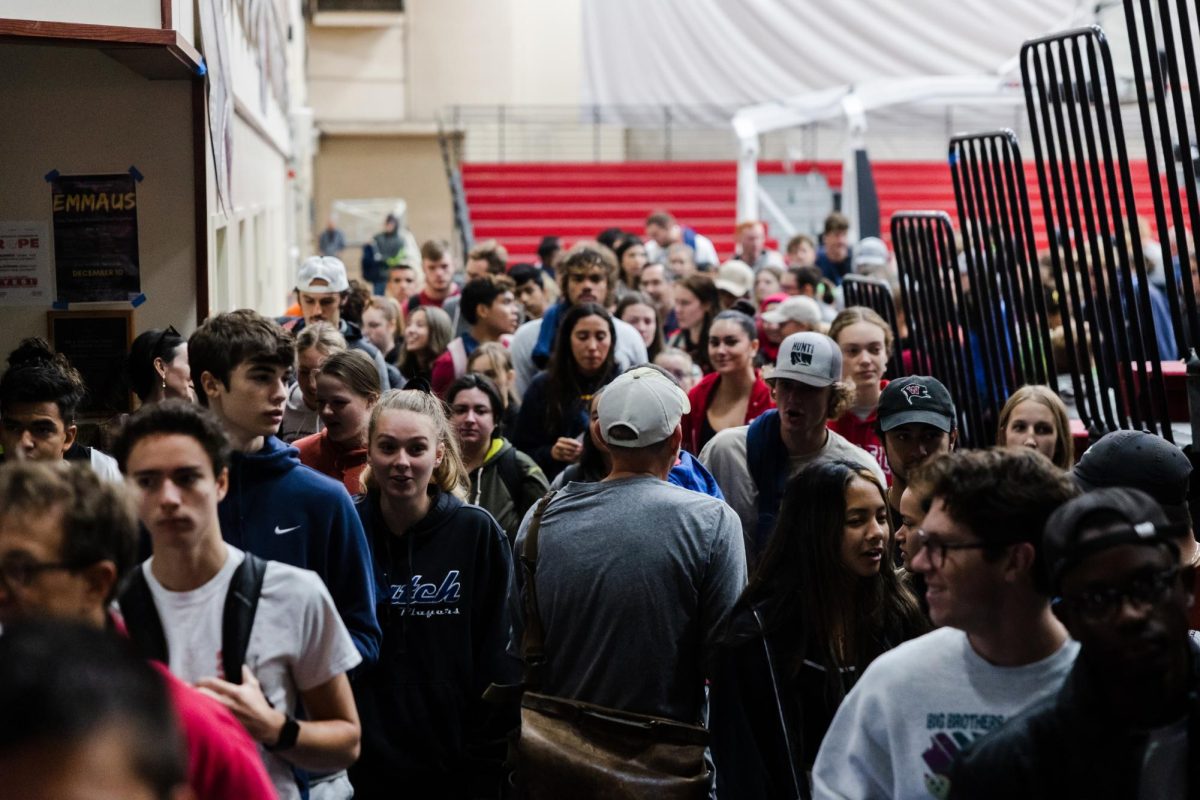Whitworth University recently published the Fall 2013 Fact Book, or “10-Day Report,” reporting a drop in postgraduate students, increased room and board costs and an increase in tuition.
Many factors contribute to the dramatic rise in tuition over the years, Gary Whisenand, director of institutional research, said.
Increasing health care costs, continuous training for faculty and increasing pay to retain and recruit the best staff possible contributed to the rise in tuition, Whisenand said.
Tuition has risen 242 percent since the 1990-91 school year.
“The primary cost is people: faculty and staff,” Whisenand said.
Furthermore, student enrollment nearly doubled since the 1990-91 school year. Whitworth expanded rapidly to accommodate the increase with the construction of the Boppell, Duvall and East residence halls since 2001.
For calculating the cost of tuition, Whitworth looks at similar private schools to adjust pricing as well as market activity, Whisenand said.
“Whitworth is not in the top tier of pricing,” Whisenand said.
Seattle Pacific University’s tuition stands at $33,444 for the 2013-14 school year. Gonzaga University, sets its tuition price at $34,570, according to the Gonzaga website. Whitworth’s tuition stands at $35,320, making it more expensive than Seattle Pacific, Gonzaga and the national average price, which is $29,056.
The tuition rate rose by 4.9 percent from last year, while room and board increased by 4.8 percent. Seattle Pacific’s room and board costs are similar to Whitworth’s at $9,867, with Whitworth’s slightly cheaper at $9,814. The national average for room and board cost stands at $10,462.
“I think it’s unfair that the tuition is rising because I don’t really see how all the money we are paying is paying off,” said junior Marina Vasilenko. “I see all the stuff that Whitworth has at cheaper schools and I wonder why we are paying so much.”
The increase in cost could possibly be attributed to recent renovations, such as the updating of Stewart Hall, Whisenand said.
“Whitworth has a competitive price for the area, especially when you look schools in other states like California,” Whisenand said.
The amount of students enrolling in Continuing Studies decreased by around 10 percent between the 2012-13 and 2013-14 school year, according to the 10-Day Report.
The number of undergraduates enrolling at Whitworth has stabilized, with 23 fewer students enrolled in comparison to 2012. Between 2008 and 2009, there was an increase of enrollment by 200 students.
There are multiple entry points for students in continuing studies, which means that the numbers for Fall 2013 do not define the entire academic year, said Terry Ratcliff, dean of continuing studies.
The continuing studies program is trying to increase their enrollment even with a slowed market for the programs offered, Ratcliff said.
“The school of continuing studies is working on new programs and new locations over the next several years that are targeted to offset the decline in the adult market and increase enrollment,” Ratcliff said.
Whitworth’s administration plans to make a continuing effort to increase gender equality among tenured professors, Whisenand said.
“Over the years, Whitworth has made a concentrated effort to make our faculty [gender ratio] 50/50,” Whisenand said.
For every three male tenure professors at Whitworth, there is one female professor, according to the 10-Day Report. A 50/50 gender ratio for tenured professors, plus or minus five percent, is the goal for faculty by 2021, said Whisenand. Faculty between the ages of 30 and 34 have 10 females and nine males. There is a disparity at the 65 and older category, with two females and 11 males in the faculty in that age range, according to the Fact Book.
“As much as we want equality, at the same time we want to hire the best faculty, because that’s what the students want,” Whisenand said.
Contact Shelby Harding at sharding15@my.whitworth.edu








